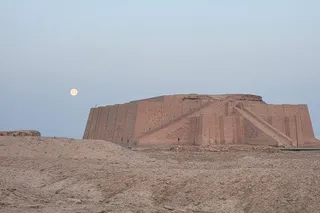The early 1540s were tough times to be a resident of Geneva, Switzerland. The region endured several years of famine, then a resurgence of the Bubonic Plague. But it was especially hard on local witches.
City officials suspected sorcery was to blame for all the bad fortune, and they launched a campaign to identify and arrest sorcerers and witches. Religious leaders agreed with the superstitious prognosis. In a letter, Protestant reformer John Calvin described a three-year “conspiracy” to “spread the plague” through sorcery. Over the course of three-months, 34 people were executed for witchcraft. The women were burnt at the stake, and Calvin noted the men were “punished more severely.”
History has since proven that this post-plague witch hunt in Geneva wasn’t unique. For centuries past, and especially the Middle Ages, it wasn’t hard for authorities to convict a person, particularly a woman, for witchcraft. Witches were the convenient scapegoat ...















